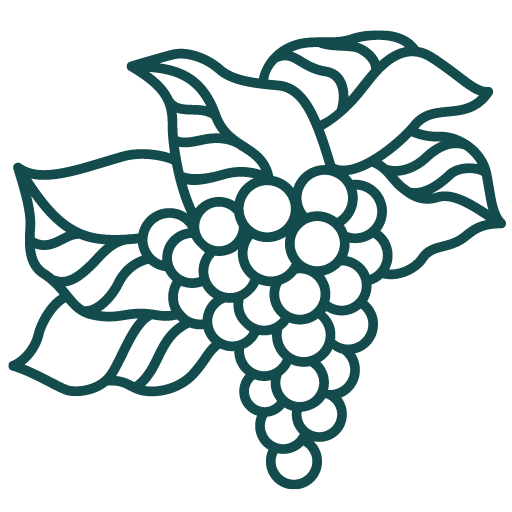
Wine Culture Magazine

The unique vineyard soils at wineries like Larch Hills in the Shuswap contribute to the distinctive flavours of B.C. wine. Photo courtesy of Wines of British Columbia
It’s fashionable these days for winemakers to tell you that their wine is made in the vineyard, not the cellar, and for winery owners to call themselves farmers, not just proprietors. Wine is, of course, more complicated than that. But the truth is that while you can use technical know-how to wrest drinkable wine from mediocre grapes, you can never make great wine from them. And you can’t have great grapes without great terroir.
Terroir is that combination of climate, terrain and soil that makes a wine taste distinctly of its place. Riesling from the steep, cool slopes of the Mosel is as unique to that region as the Grenache from the hot, rocky southern Rhône is to, say, Gigondas or Châteauneuf. Great terroir, please note, is often not great farmland; often what wine loves best is terroir that makes it struggle.
Here in B.C. we have some of the most varied terroir on the planet. In the Okanagan Valley alone we have cool lake country and hot desert, steep mountain slopes and flat valley floor. Most of all, we have a whole lot of really interesting dirt. Rocky dirt. Sandy dirt. Dirt that used to be sea beds and dirt that used to be volcanoes.
All of that gneiss-granite-basalt-sand-clay-limestone-what-have-you affects how wine is grown and how it tastes. Over the next few weeks, we’ll dig into the real dirt of B.C. wine.

Vitis is is an indispensable seasonal guide for vintners, sommeliers and weekend imbibers alike that is dedicated to British Columbia’s rapidly evolving wine culture.

Vitis is is an indispensable seasonal guide for vintners, sommeliers and weekend imbibers alike that is dedicated to British Columbia’s rapidly evolving wine culture.
Copyright © 2025 - All Rights Reserved Vitis Magazine